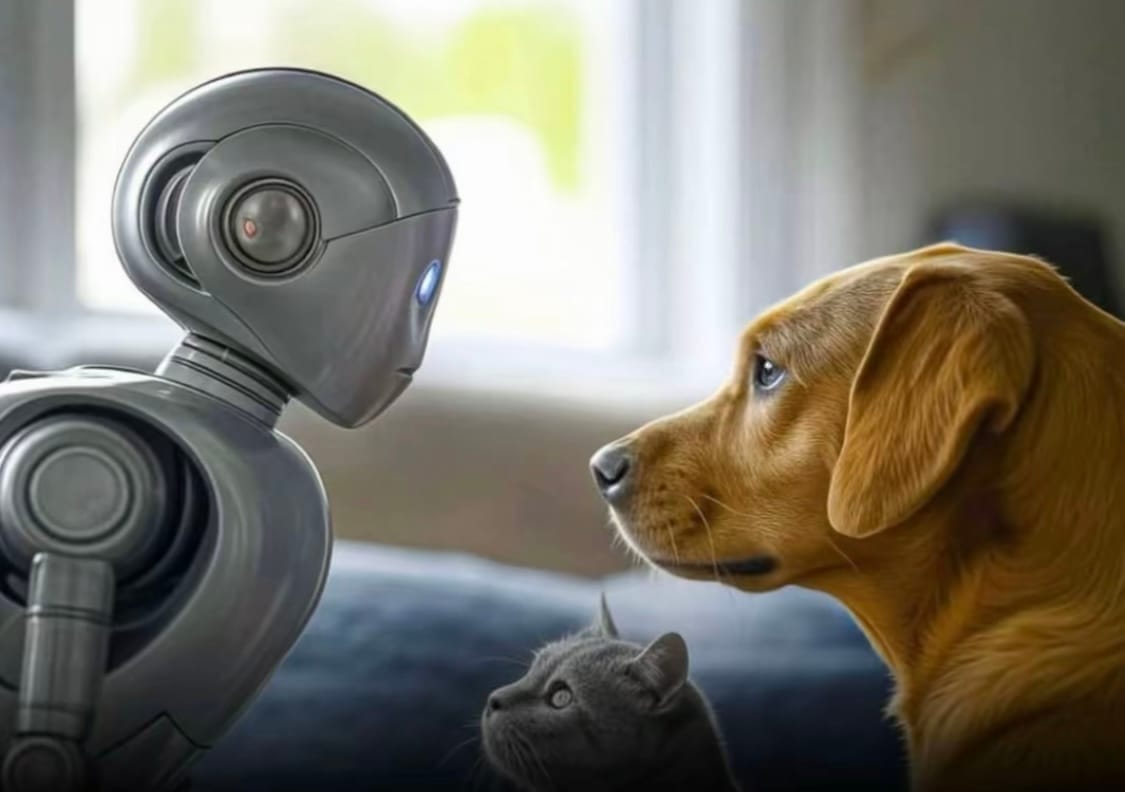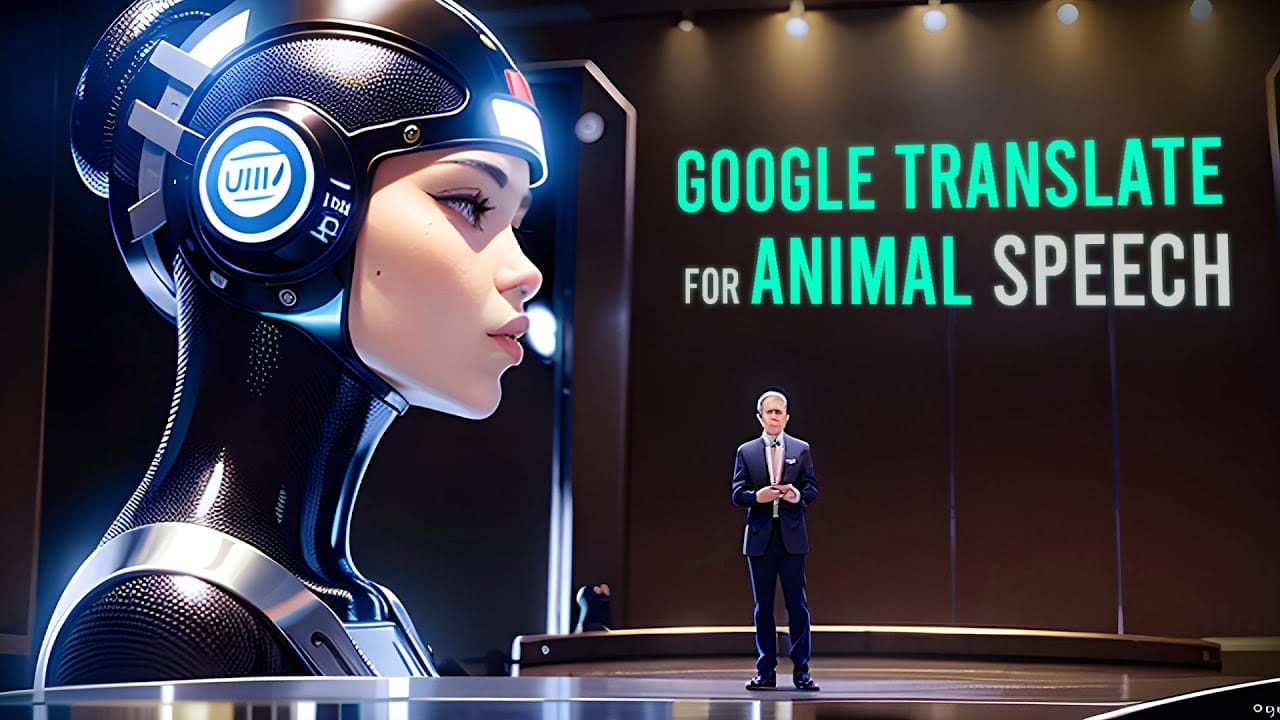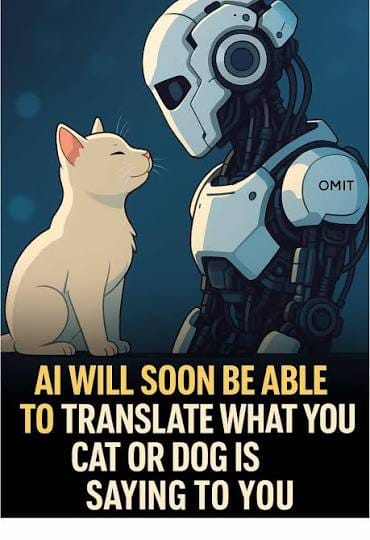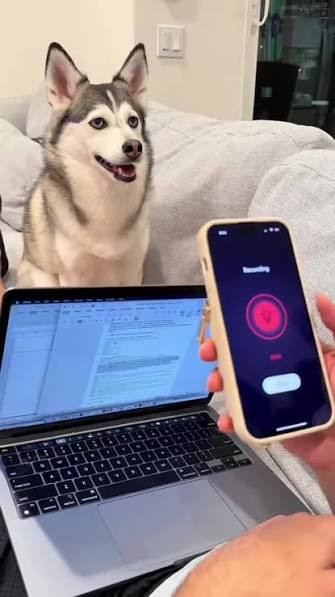AI May Soon Let You Talk to Your Pet — Here’s What That Could Mean
ai translating animal sounds into human language how ai understands animal emotions ai pet translator app 2025 can ai talk to dogs and cats how to communicate with your pet using ai artificial intelligence in animal communication research

AI May Soon Let You Talk to Your Pet — Here’s What That Could Mean
By YEET Magazine Staff — October 18, 2025
Tags: ai pet translator, ai animal communication, talk to pets technology, translate dog barks, understand cat meows, animal emotion ai, pet communication app
Imagine finally knowing what your pet is really trying to say
Your dog stares at you for ten seconds straight, tail wagging — are they hungry, bored, or silently judging your life choices? Your cat meows three times at 2 a.m. — is that affection or a threat?
What if we could actually know?
Artificial intelligence researchers are developing AI systems designed to translate animal vocalizations and body language into human language. From decoding barks and meows to interpreting tail flicks and ear movements, the goal is simple but revolutionary — to understand what our pets are thinking and feeling.
The technology, still in its early stages, could forever change how we communicate with animals — and how we think about them.

1. How AI is learning to “speak” animal
Recent breakthroughs in machine learning and bioacoustics have made it possible to analyze animal sounds the same way we process human speech.
By feeding AI models thousands of hours of recordings of dogs barking, cats meowing, and birds singing — along with contextual data about their behavior — scientists are teaching algorithms to recognize patterns that link specific sounds to specific emotions or needs.
For example, researchers at the University of Tokyo have developed a model that can detect a dog’s emotional state(happy, angry, anxious) based solely on the tone and rhythm of its bark. Meanwhile, startups like Zoolingua and Petpuls are already testing early “AI pet translator” devices that promise to interpret basic emotions through sound.
This isn’t just about curiosity — it’s about empathy. If AI can help humans better understand what animals feel, it could reshape pet care, veterinary treatment, and even animal rights.

2. Why talking to your pet might not be as simple as it sounds
While the idea of chatting with your golden retriever sounds fun, language is more than just sound. Humans use syntax, culture, and shared meaning — things animals don’t have in the same way.
That means even if an AI can tell you that your cat’s meow means “feed me,” it’s not the same as a conversation. What we’re really getting is a translation of emotional intent, not literal speech.

Experts warn that while AI can interpret patterns, it can’t always capture context — a growl could mean play in one situation and aggression in another.
So, while we may be getting closer to hearing what animals are “saying,” true understanding still requires human intuition.

3. The emotional (and ethical) implications of AI animal communication
If AI could really translate animal emotions, the consequences would be profound.
Imagine learning that your dog feels lonely while you’re at work — or that your cat hates the new food you bought. It could bring pet owners closer to their animals, but also introduce guilt, responsibility, and even moral dilemmas.
Would you still take your dog on a plane if it could tell you it’s terrified? Would farms or zoos operate the same way if animals could express fear or pain in words humans could understand?
Animal-rights activists believe that AI animal communication could force a cultural shift, pushing society to view animals not just as companions or resources, but as sentient beings with voices worth hearing.

4. How this tech could change the pet industry
If you think smart collars and GPS trackers are advanced, wait until AI translators hit the mainstream.
Companies are already experimenting with wearable pet devices that collect sound, heart rate, and movement data. Combined with AI translation software, these could allow real-time feedback about your pet’s emotions.
Imagine getting a notification that says, “Buddy feels anxious,” or “Luna is happy with her walk.”
The pet tech market, already worth billions, could explode with new AI-powered gadgets — from emotion-sensing toys to communication-based training apps.
Veterinarians could use AI systems to diagnose behavioral or emotional issues, while shelters might use them to help match animals with the right adopters.

5. What the future of human-animal communication might look like
We may never sit down and have a philosophical debate with our cats (though they’d probably win), but AI could make our relationships with pets far deeper and more responsive.
Instead of guessing what they need, we’ll have real data and emotional cues. Instead of misunderstanding behavior as “bad,” we might see it as communication.
However, the future depends on how we use the technology. Will we use it to strengthen empathy — or just as another novelty app? Will it bring us closer to nature — or reduce animals to data points?
The promise of AI isn’t just translation, it’s transformation — a chance to understand another species on their terms, not ours.

Conclusion: Would you want to hear everything your pet is saying?
Talking to animals has always been a fantasy — from Dr. Dolittle to Pixar movies. But with AI, that fantasy is inching closer to reality.
If we can learn to listen — really listen — we might finally build a world where humans and animals coexist with a little more understanding.
But there’s a question we’ll all have to answer:
Do we truly want to hear everything our pets have to say?
Because once we open that door, there’s no going back.
Related posts
- ai translating animal sounds into human language
- how ai understands animal emotions
- ai pet translator app 2025
- can ai talk to dogs and cats
- how to communicate with your pet using ai
- artificial intelligence in animal communication research
- future of ai in pet tech
- ai and human-animal relationship
- how ai pet devices work
- ethical issues with ai animal translators
- animal emotion recognition ai tools
- ai communication for dog owners
- ai meow and bark translator explained
If you could hear your pet’s thoughts, would you really want to?
- Do you think AI should be used to interpret animal emotions, or is that crossing a line?
- How do you think this technology will change the way we treat pets and animals in the future?
